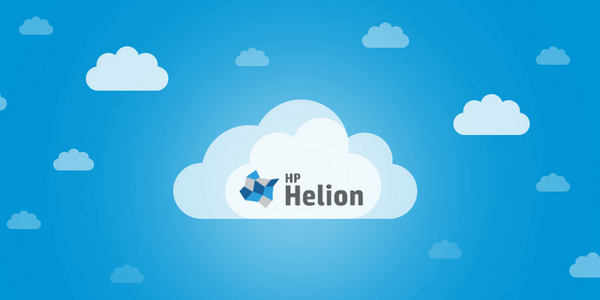Perspective on Arista IPO and Market Positioning
For the last 20 years, a “silicon moat” that has protected Cisco and other networking vendors from market competition. Arista was one of the first startups to embrace merchant silicon,open source software and a modern software development methodology to focus on core value like reliability and features.
The post Perspective on Arista IPO and Market Positioning appeared first on EtherealMind.

